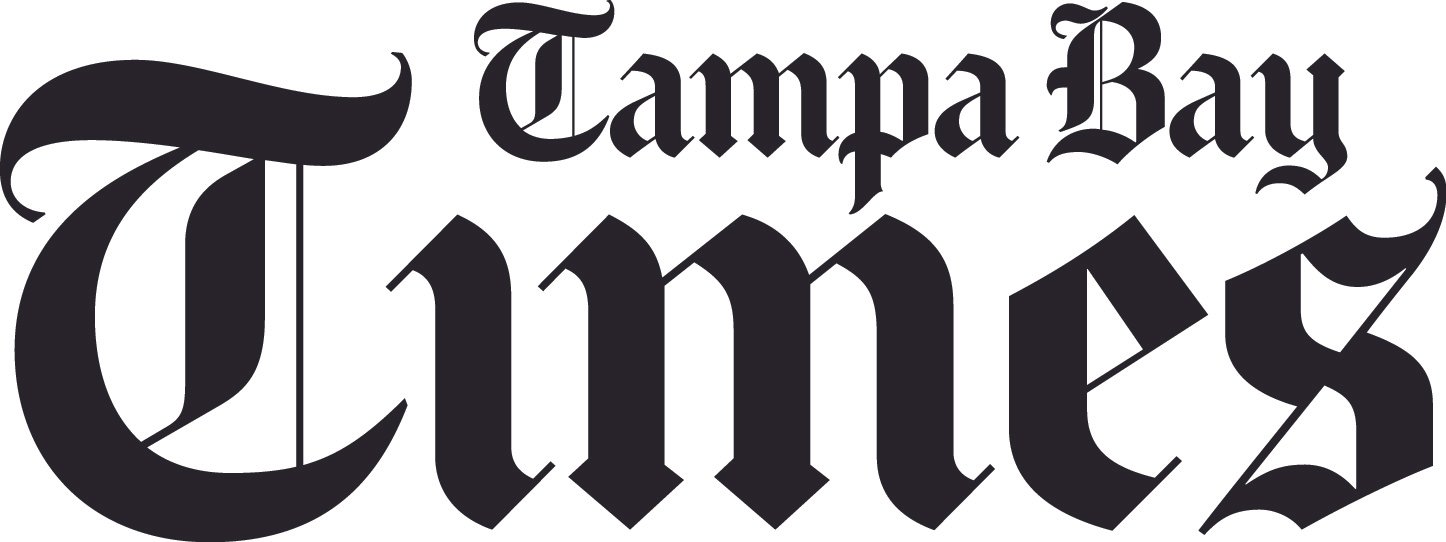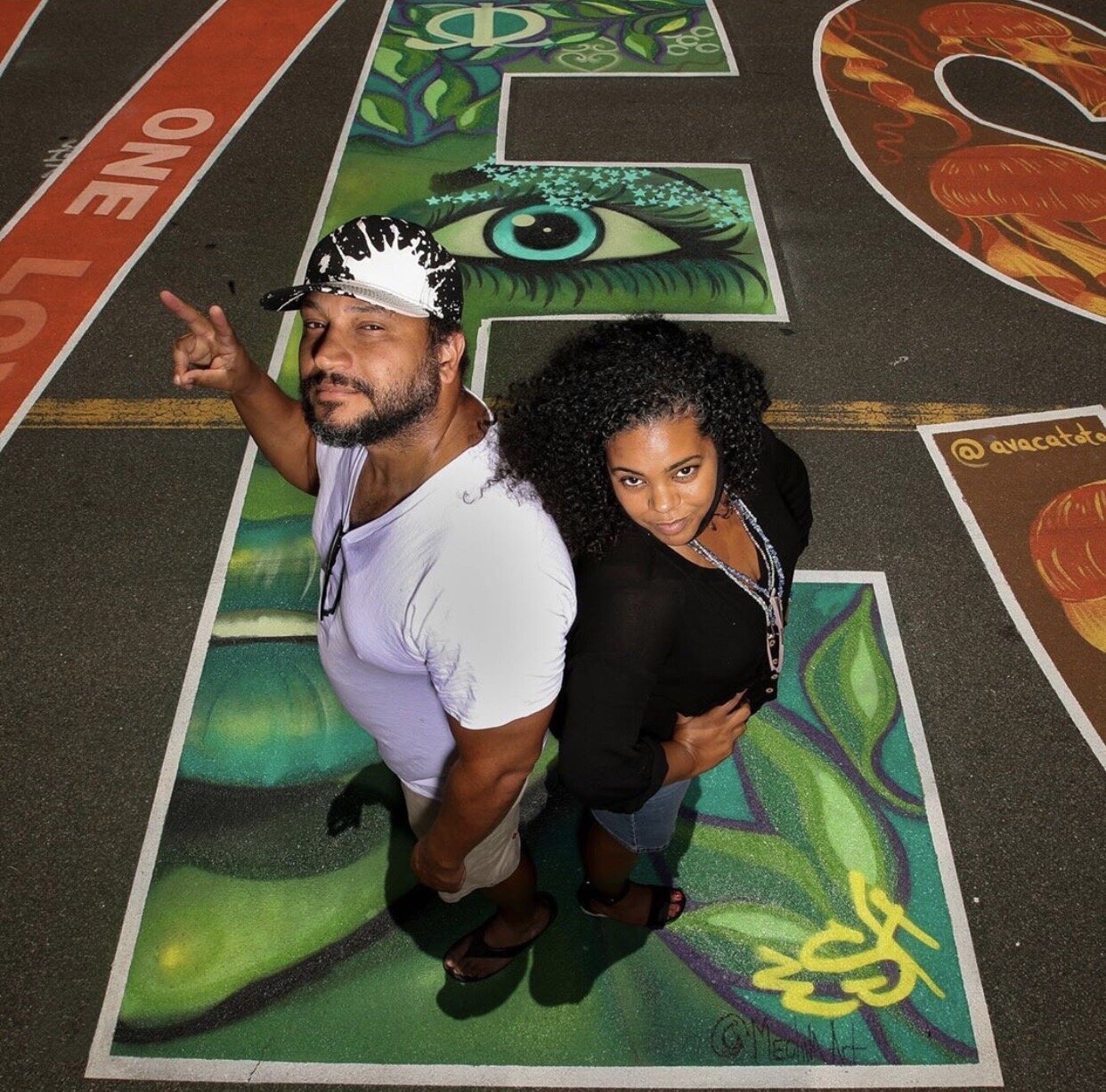17 local artists discuss their work, the experience of painting the mural and its impact.
By Maggie Duffy, Times staff
Dirk Shadd, Times staff
Boyzell Hosey Former Times Photographer
Published July 10, 2020 | Updated July 16, 2020
St. Petersburg’s Black Lives Matter mural arrived on the street in front of the Carter G. Woodson African American Museum with a mix of support, enthusiasm, controversy and division.
Some people are against the message. Others think it should have been in a more prominent location than at 2240 Ninth Ave. S.
But visit the mural just about any day of the week and you’ll find people of all ages and races taking it in.
“The mural creates an outside exhibition during this time of (COVID-19) that provides the opportunity for folks to come in and casually interface with the art,” said Terri Lipsey Scott, the museum’s executive director. “And what more meaningful place than where Black lives mattered first.”
It was a massive undertaking to get the mural painted. It was funded by the City of St. Petersburg in coordination with the St. Petersburg Arts Alliance — which produces the Shine Mural Festival — to assemble the artists and volunteers.
The list of artists came together in less than a week, and the mural was painted in less than eight hours before it was unveiled at the museum’s Juneteenth celebration.
The Vitale Bros. — Johnny and Paul Vitale and Nick and Jason Kekllas — worked overnight on June 17 to paint and prime the crisp outline of the letters, using a lift and a projector to shine the letters onto the street.
Each artist painted a mini mural in their assigned letter, inspired by the movement. They each shared their experience with the Times.
Eric Hornsby and Meclina Priestly, both of Tampa [ DIRK SHADD | Times ]
E in Lives, follow @artist_esh and @meclinaart
Hornsby, who goes by ESH, asked friend and art collaborator Priestly to join him. The pair came up with the concept to make the figure Mother Earth, or Mother Africa. Priestly contributed by painting in African runes that symbolize empowerment and education.
Hornsby said the energy level during the effort was incredible and likened it to a metaphor for the movement.
“We need more change, that’s a fact,” he said. “But we also need to celebrate our victories.”
Priestly said that doing something of this magnitude creates “a bigger platform to have larger conversations, so that it can go past ‘we need to change something.‘”
“Now we can sit at a table and say, ‘Here are some things we think if implemented would promote growth,‘” she said. “And the mural is growth. Fifty years ago, this wouldn’t have been allowed to happen.”

